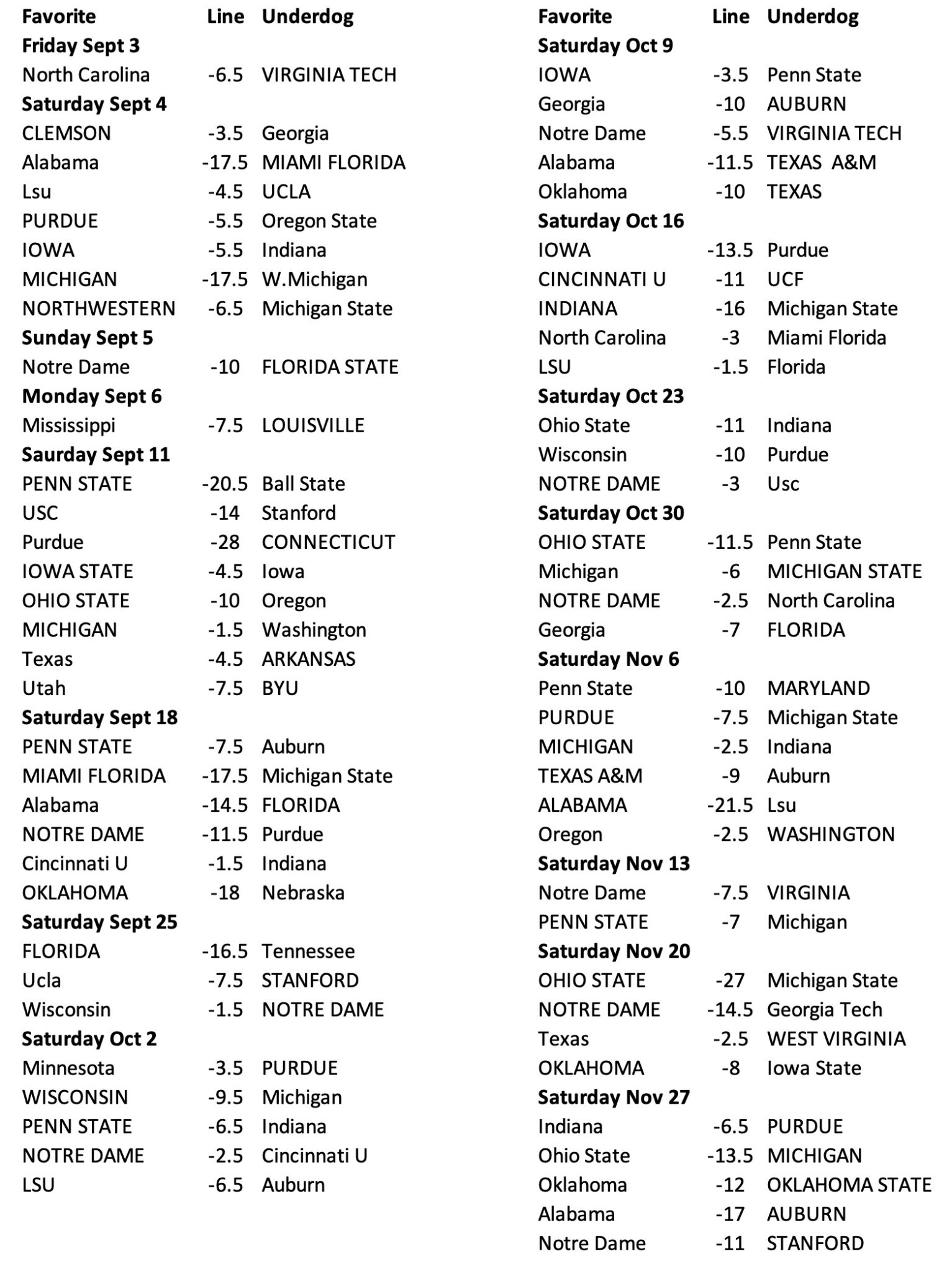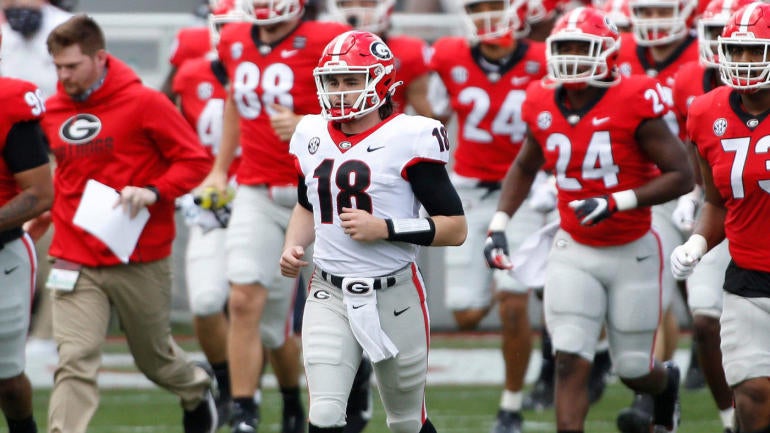For the examples below, we'll be using a dataset from the ggplot2 package referred to as msleep. It has eighty three rows, with every row including information about a different type of animal, and 11 variables. As each row is a special animal and each column contains information about that animal, this could be a extensive dataset. The default methodology for printing information used by the tibble package deal shows the first 10 rows of the dataset, which on this case prints counties in Alabama. A first exploratory information evaluation query may contain understanding which counties are the youngest and oldest within the United States as measured by median age. This task could be completed with the arrange() perform found within the dplyr package deal. Arrange() types a dataset by values in a number of columns and returns the sorted outcome. To view the dataset in ascending order of a given column, supply the information object and a column name to the arrange() perform. A guideline for tidyverse packages , is to reduce the number of keystrokes and characters required to get the results you want. To this finish, as for ggplot, in dplyr, quotation marks for the column names of information frames are sometimes not required. Another key characteristic of the tidyverse knowledge wrangling packages corresponding to dplyr, is that the input to and output from all functions, are information frames. People have been using SQL for analyzing information for decades. Every trendy information analysis software program similar to Python, R, SAS etc helps SQL instructions. There are many knowledge analysis operations the place SQL fails or makes simple issues difficult. For example, calculating median for a quantity of variables, converting broad format information to lengthy format and so on.
It additionally supports sub queries for which SQL was in style for. Now that we've made the information easier to work with, we want to find a method to get the median. One technique is to take the cumulative sum of each column after which divide all the rows by the final row in every respective column, calculating a percentile/quantile for each age. To do this, we first take away the AGE column, as we don't wish to calculate the median for this column. We then apply the cumsum() perform and an anonymous operate utilizing purrr's map_dfc operate. This is a special variation of the map() perform that returns a dataframe as an alternative of a listing by combining the info by column. The package tidyr addresses the widespread drawback of wanting to reshape your knowledge for plotting and utilization by different R capabilities. For example, sometimes we would like knowledge units where we've one row per measurement. Moving backwards and forwards between these formats is non-trivial, and tidyr offers you tools for this and more sophisticated knowledge manipulation. The summarise() function lets you create numerical summaries, similar to averages, from the columns of an information body. The summarise() function is an aggregation perform, which means that it takes enter with a quantity of values and returns a single value. With a sample common, for instance, we take a numeric vector with n numbers and summarize it with a single value, the typical. At this point in the guide, our first thought may be to use the across() operate, inside the filter() perform, to remove all of the rows rows with lacking values from our knowledge body. However, as of dplyr version 1.zero.4, using the across() function inside of filter() is deprecated. Instead, we should use the if_any() or if_all() capabilities, which take the very same arguments as across(). In the code chunk beneath, we are going to present you tips on how to remedy this downside, then we'll dissect the solution below. To show the way to mix several factor levels right into a single stage, we'll continue to use our 'chickwts' dataset. Now, I don't know a lot about chicken feed, and there's an excellent chance you know much more.
To get an thought of what variables are included on this knowledge body, you can use glimpse(). This function summarizes what number of rows there are and what number of columns there are . Additionally, it gives you a glimpse into the kind of knowledge contained in each column. Group_by() is often paired with the summarize() perform in data evaluation pipelines. In the instance beneath, the median() operate is used to establish the median share for each of the racial & ethnic teams in the dataset across counties in Arizona. In turn, variable is handed to group_by() because the grouping variable. The first argument to filter() is an information frame, followed by a quantity of logical situations on the variables inside the knowledge frame. Logical conditions separated by a comma are handled as an AND (&) operation. The advantage of dplyr, is you could pass variable names of a knowledge frame in raw, unquoted format to many features. The filter() perform returns an information frame that has been subsetted by the logical circumstances inside its arguments. Another most important advantage of this package is that it's very simple to study and use dplyr capabilities. Loading this package deal makes an information frame known as flights, which includes "on-time data for all flights that departed NYC in 2013," available. We will work with this dataset to demonstrate the means to create a date and date-time object from a dataset the place the knowledge is spread throughout multiple columns. The mutate() perform allows you to create new variables in your information. Window capabilities take enter with n values and all the time return a result with n values. Like summarise(), mutate() takes a knowledge body as the first argument adopted by a sequence of capabilities to execute on the columns of the data body. We see that the dataset incorporates 15 variables and 271,116 observations.
Some of the variables are of issue kind and others are of integer or numeric sort. The dataset contains variables on athletes corresponding to name, intercourse, the game performed, whether or not they obtained a medal, age, and height. We first need to do some transformation of our data to recode the variables appropriately. First, we'll remove variable B19001_001, which represents the whole variety of households for each county. Second, we use the case_when() operate from the dplyr package deal to establish teams of variables that correspond to our desired groupings. Given that the variables are ordered within the ACS desk in relationship to the family revenue values, the lower than operator can be utilized to determine groups. The tidyr bundle, like readr and dplyr, is from the tidyverse set of packages. The pivot_wider() perform will convert a long information body to a wide knowledge body. In different phrases, it will spread values on totally different rows throughout totally different columns. Range in R returns a vector that incorporates the minimal and most values of the given argument - known in statistics as a variety.
You can think of vary as an interval between the lowest and the best value throughout the vector. A vector could be anything, from a list of numbers to a dataframe column - R actually would not care. However, we do not have to write this perform ourselves, since it has already been written by other builders. More exactly, we use capabilities from the package deal Hmisc. Mean_sdl is considered one of these capabilities and calculates the usual deviation of the info. However, mean_sdl calculates the double standard deviation. Which multiple of the usual deviation you need may be specified with the argument mult. The trick right here is that we will tackle the arguments of the operate by way of stat_summary with the argument fun.args. Fun.args takes a listing of the assorted arguments and passes them to the mean_sdl operate. As talked about, group_by() is suitable with all other dplyr capabilities.
Sometimes we want each the unique data and the summary statistics within the output knowledge frame. To do this, group_by() may be combined with mutate(), to make a brand new column of abstract statistics comparable to the sub-grouping of curiosity. The new column of abstract statistics is represented in darker colours in the right panel beneath. So far, we've demonstrated the method to replace NA's in a single column. You may apply certainly one of these strategies to exchange lacking values in a knowledge body with many columns. However, this might be a tedious task and requires many strains of code. With point estimates we may already create visualizations that we are ready to show at conferences or in magazines. However, individual summary_statistics are solely part of the entire fact. To visualize uncertainty in the data, errorbars are normally displayed. In science, confidence intervals or standard deviations are extremely popular, whereas in different areas the utmost and minimal values are of interest. So you possibly can count on Bjork to reside eternally, which is honestly nice news. It teams the data by country and then applies the perform specified within the summarize() operate to every group of data, in our case, to every country. We use the operate mean(), but you can apply any operate you'll find (or build!) to this grouped knowledge. We then use arrange() to arrange the info using the new mean_le variable we built in descending order (desc()). Let's undergo each of the primary dplyr capabilities in a bit extra detail to make sure you understand how they work.
At this level, we've plenty of data at the individual level, however we'd wish to summarize this on the state level by ethnicity, gender, and armed status. The researchers "calculated descriptive statistics for the proportion of victims that have been male, armed, and non-White," so we'll do the same. The tally() perform will be particularly helpful right here to rely the variety of observations in every group. We're calculating this for every state as properly as calculating the annualized fee per 1,000,000 residents. This makes use of the total_pop column from the census_stats information frame we used earlier. First, the results of the skim() function indicate that some of our variables have lots of missing values. For instance, the variable Medal has 231,333 missing values. Generally, it is a place for concern since most statistical analyses ignore observations with lacking values. However, it is apparent that the lacking values for the variable Medal are primarily because the athlete didn't obtain any medals. However, we've missing values within the variables Height and Age. Since we're going to use these variables in our analysis on this lesson, observations with missing values for these two variables shall be dropped from our evaluation. Remember that NA is the most common character for missing values, but typically they're coded as areas, 999, -1 or "missing." Check for missing values in a variety of methods. At occasions you might need to reorder levels of an element by one other variable in your dataset. This is usually useful when producing plots (which we'll get to in a future lesson!). To do this you specify the variable you need to reorder, followed by the numeric variable by which you'd just like the factor to be re-leveled. Here, we see that we're re-leveling feed by the load of the chickens. While we haven't discussed plotting but, one of the simplest ways to reveal how this works is by plotting the feed towards the weights.
We can see that the order of the factor is such that these chickens with the lowest median weight are to the left, while those with the best median weight are to the best. You will often find when working with data that you just need an extra column. For instance, when you had two datasets you wanted to combine, you might need to make a new column in each dataset referred to as dataset. This way, when you combined the info, you'll be succesful of keep monitor of which dataset each row came from originally. More usually, however, you'll doubtless need to create a model new column that calculates a new variable based on data in a column you already have. For example, in our mammal sleep dataset, sleep_total is in hours. You could create a new column with this very information! The function mutate() was made for all of those new-column-creating conditions. It's necessary to remember that when using select() to rename columns, solely the specified columns will be included and renamed in the output. If you, instead, want to change the names of a few columns but return all columns in your output, you'll need to use rename(). For instance, the following, returns a data frame with all 11 columns, the place the column names for three columns specified inside rename() perform have been renamed. Assume that we wish to write a function that takes a numeric vector as enter and returns a vector of scaled values. For each value in our original vector, we are going to subtract the mean and divide by the usual deviation. In Statistics, this transformation is usually known as a z-score. Here, we now have the case of making use of the range function to a personality vector. Sometimes we'd like most values, it helps us to establish which case or subject happens at the best point hence we are able to understand the restrict for the pattern or inhabitants underneath research. If we need to find the maximum of values two or extra columns for every row in an R information frame then pmax function can be utilized.
ColMaxs() Function together with sapply() is used to get the utmost value of a quantity of columns. Dataframe is passed as an argument to ColMaxs() Function. Maximum of numeric columns of the dataframe is calculated. ColMaxs() Function is utilized solely to matrix, so the dataframe is transformed to matrix utilizing as.matrix() perform. R packages include a grouping of R data capabilities and code that can be utilized to perform your evaluation. We want to install and cargo them in your environment in order that we are in a position to call upon them later. We are also going to assign a couple of customized color variables that we will use when setting the colors on our table. If you're in Watson Studio, enter the next code right into a cell , highlight the cell and hit the "run cell" button. We used the if_all() operate within the filter() function to maintain only the rows in our information frame that had nonmissing values for all of the columns x, y, and z. Well, we passed an underscore to the names_sep argument.
In the symptoms data, this worked fantastic because all the column names adopted this sample (e.g., pain_count and pain_prop). But, do the column names in summary_stats at all times follow this pattern? All the extra underscores in the column names makes this pattern ineffective. Argument is the place we move any further arguments to the function we handed to the .fns argument. For example, we handed the imply function to the .fns argument above. In the info frame above, not considered one of the columns had any lacking values. Let's go forward and add some missing values in order that we can take a glance at how ... The across() perform can be used with mutate() if we wish to apply the identical transformation to a number of columns. For instance, suppose we want to cycle via every column and exchange all missing values with zeros. If we wanted to filter the information frame to take away rows with lacking values in Ozone, Solar.R, Wind, and Temp, we only have to make a small change. Another frequent concern in knowledge wrangling is the presence of duplicate entries.





























































